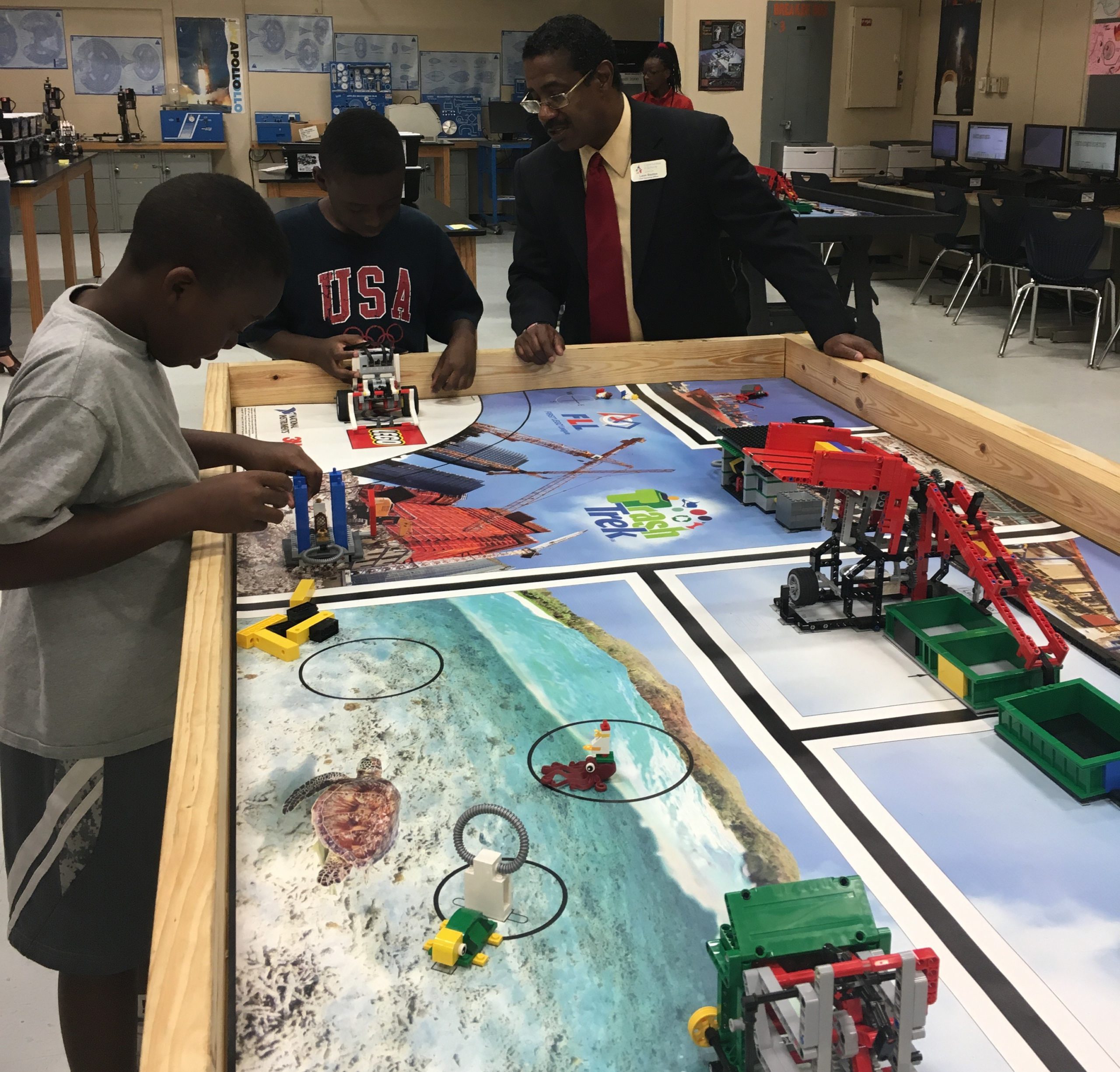As we grow, all of us develop different learning styles. Schools must recognize what type of learner each child is and offer a personalized curriculum.
If a child is not given the proper tools and techniques to practice his or her way of learning, then problems can result such as a serious lack of comprehension, behavioral issues based on a high level of educational frustration, or even being misdiagnosed as a special needs learner.
According to VARK Learn Limited, which gives guidance on learning styles, the following types of learners can be identified through observation and assessment carried out by educational professionals:
Auditory Learner
Children who have strength as auditory learners need to hear the content that they are being taught as opposed to reading it. They are learners who thrive on discussion and being able to ask questions.
- Tools and Techniques for Auditory Learners
- They like to discuss content with others
- They like to use voice recorders
- They will tend to remember when an example is discussed and use it to recall
Visual Learner
Visual learners are great observers of activity and love symbolism of any kind. They are interested in the use of a variety of formats, colors, and designs. They do not necessarily just respond to something being put on a screen or on a board; it needs to be visually pleasing for them to remember it.
Tools and Techniques
- They love descriptive language that gives them a vivid picture.
- They learn best when the content is in a chart, graph, or in picture.
- They need to be taught how to underline and highlight for keyword identification
- They like anything in bullet points for recalling information underlining, different colors, highlighters
Kinesthetic Learner (Hands-on)
The child who is a hands-on learner needs a point of reference in real life for content that is given to them in order to be able to recall it. In other words, they have to relate a real-life example to an abstract idea in order to remember it.
Tools and Techniques
- They love field trips, hands-on samples or applications
- They love to work in science labs or experimenting in general
- They need teachers who give them real-life examples
- They learn from collections of types of items like exhibits
Communities In Schools offers the right kind of Literacy programs to adapt to a child’s educational needs that reflect these three modes of learning. Their model for educational success includes components that speak directly to understanding the needs of each child:
- CIS assesses the educational community to determine the overall needs of the school and the community as a whole.
- It then connects as a partner with school leadership to determine where the greatest need for CIS is within the school district.
- A CIS site coordinator puts together an educational support team within the school district to discuss how the educational goals of the school district will meet the needs of all of the students through a holistic approach to education.
- The CIS site coordinator then works with a team of educational professionals from the school district to provide individual students with academic support based on their assessments.
- The process between the CIS site coordinator, the school district educational team, and the individual students continues as an ongoing process that involves family, teachers, students, and community leaders to achieve student goals.
Related: Case Management Jacksonville FL


